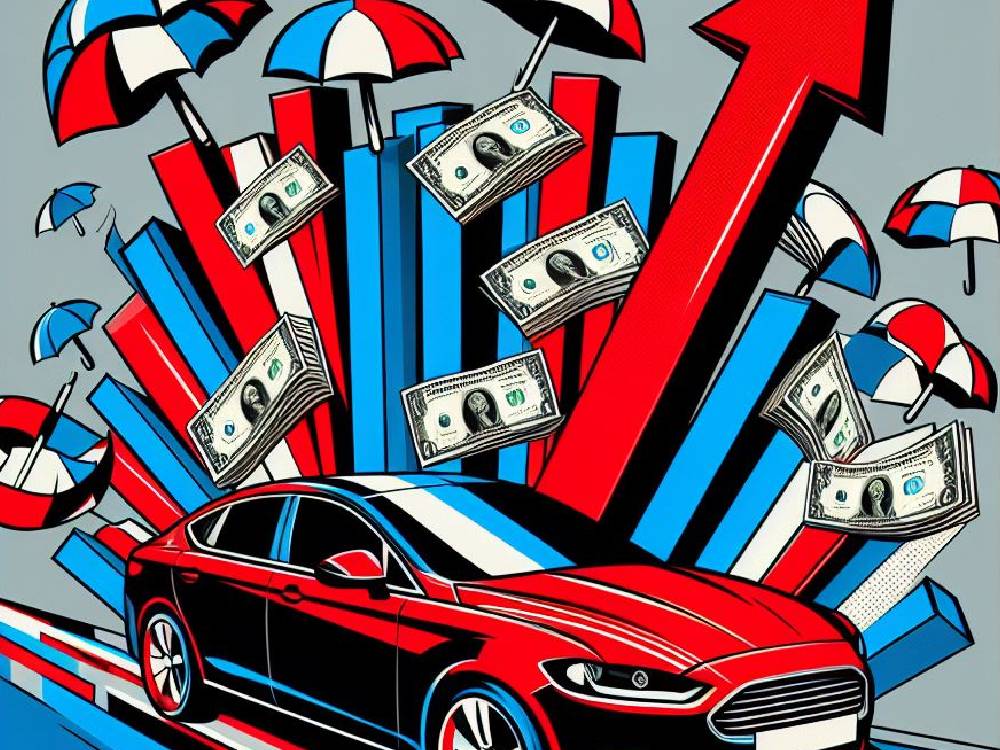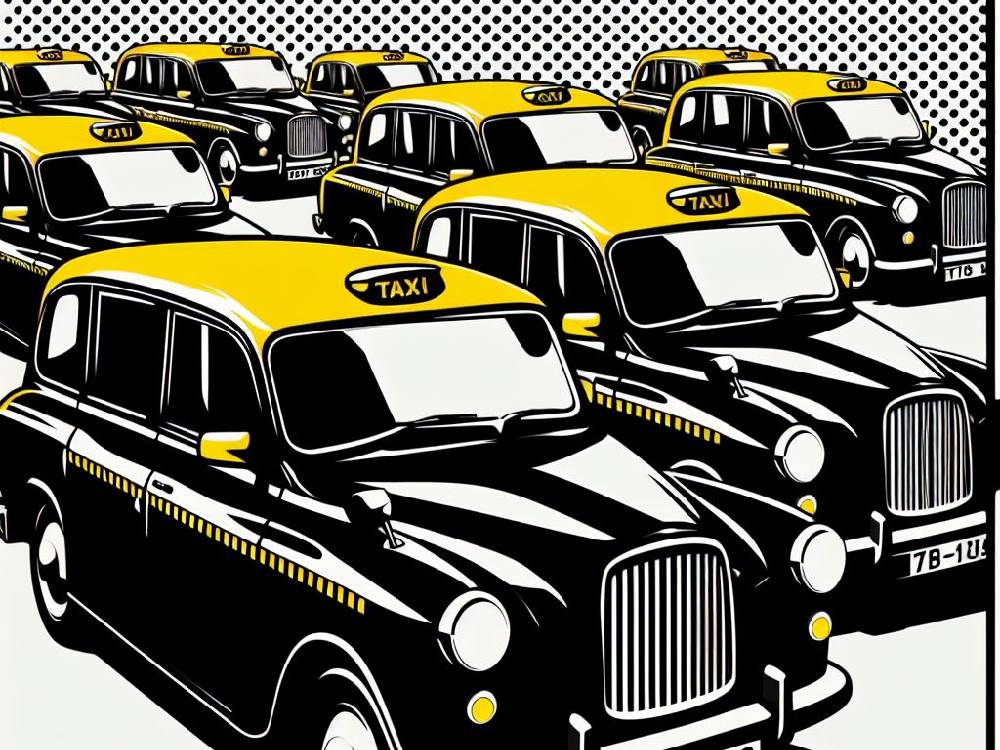Introduction
Rising Car Insurance 2024…
The UK car insurance landscape is on the brink of significant changes in 2024.
With inflation on an upward trajectory, and the motor insurance sector facing challenges like never before, UK drivers are gearing up for an inevitable rise in car insurance premiums.
So, what’s driving this increase?
And more importantly, what does it mean for you?
Whether you’re a car owner, planning to buy one, or simply keeping an eye on the insurance industry, getting a grip on these trends is crucial.
Here’s what we’ll cover:
- The anticipated increase in car insurance premiums in 2024.
- Analysis and what it spells out for the future.
- The unique challenges faced by fleets and electric vehicle (EV) owners.
- A look back at the UK motor insurance market’s performance in 2023.
- How inflation and rising costs are playing a significant role.
Rising Car Insurance 2024 Overview
The forecast for UK car insurance in 2024 suggests a notable uptick in premiums.
Experts predict a rise of approximately 10%.
This increase is largely due to ongoing inflationary pressures.
Unfortunately, this means drivers will need to dig deeper into their pockets.
Analysis
Comprehensive reports paint a concerning picture.
Consumer premiums might have risen by a staggering 25% over 2023.
Moreover, an additional increase is expected in 2024.
This prediction highlights the economic factors at play.
And it underscores a trend that could see motorists facing significantly higher costs.
Impact On Fleets And Electric Vehicles (EVs)
Fleet owners and EV drivers are facing their own set of challenges.
Their insurance premiums are soaring above the average.
This is due to the high cost of repairs and specialised maintenance required for EVs.
For businesses relying on fleets, this trend means an increase in operational expenses.
Ultimately, this affects their bottom line.
2023: A Tough Year For UK Motor Insurance
The past year has been particularly challenging for the UK motor insurance sector.
Predictions indicate it might have been the worst year since 2010.
The net combined ratio (NCR) is expected to have reached 114.6% in 2023.
This metric illustrates the financial strain on insurers.
The Role Of Inflation And Rising Car Insurance 2024 Costs
The impact of inflation on the insurance industry is significant.
As the cost of materials and services rises, so do the claims costs for insurers.
This necessitates an increase in premiums to maintain financial stability.
As a result, policyholders must cope with escalating prices to insure their vehicles.
Despite the grim outlook, there’s a silver lining on the horizon.
Interestingly, reports anticipate a slight improvement in the insurance sector’s net combined ratio (NCR) to 100.4% in 2024.
But, how will this affect the average consumer?
And what challenges lie ahead for the auto sector, especially with the shift towards new technologies?
Let’s dive in and find out.
Insurers’ Struggles And Predictions For 2024
Despite rising car insurance premiums, insurers are not in the clear just yet.
The battle to maintain profitability amidst rising claims costs continues.
However, predictions offer a glimmer of hope.
A projected NCR of 100.4% in 2024 suggests a move towards stability.
This improvement, though modest, could signal the beginning of better days for the insurance market.
But, the road to recovery will be paved with challenges.
Auto Sector’s Challenges
Indeed, the transition towards electric vehicles (EVs) and emerging technologies introduces a multifaceted dimension to the insurance landscape.
Consequently, adapting to these shifts necessitates that insurers meticulously reevaluate their risk models.
Furthermore, the inherent risks associated with new powertrains and advanced technologies have the potential to escalate premiums even further.
Yet, this transition also presents an opportunity for innovation.
Insurers who can navigate these changes effectively may find themselves leading the market.
The Consumer Perspective
For consumers, the situation is bittersweet.
The average premium increase of £118 per policy in 2023 has been a hard pill to swallow.
Yet, the promise of a more stable market in 2024 offers some solace.
Still, the question remains: how can drivers mitigate these costs?
One answer lies in shopping around for the best deals.
Conclusion
As we look towards 2024, the car insurance landscape in the UK is at a crossroads.
Inflation, technological advancements, and the shift towards electric vehicles are reshaping the market.
For insurers, the challenge is to adapt and innovate.
For consumers, the key is to stay informed and seek out the best value for their money.
And remember, the cheapest option isn’t always the best. Quality coverage that meets your needs is invaluable.
Looking for more insights on car insurance? Check out these articles:
- Car Insurance Options
- The 10 Cheapest Cars to Insure in 2023
- Comprehensive vs. Third Party
- Car Insurance for Electric Vehicles
Navigating the evolving landscape of car insurance requires patience, research, and sometimes, a bit of luck.
But with the right approach, finding affordable coverage that doesn’t skimp on protection is possible.
Stay ahead of the trends, and make informed decisions to secure the best possible outcome for your car insurance needs in 2024 and beyond.













